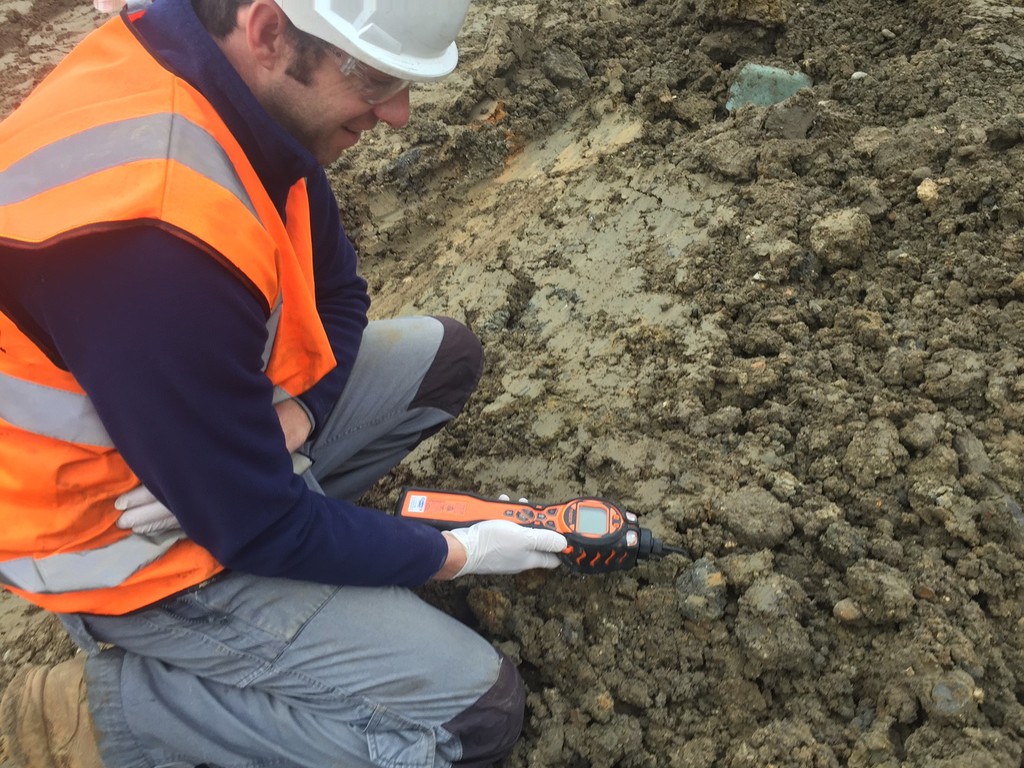
 |
Mark Sennett
Managing Editor |
 |
Kelly Rose
Editor |
| Home> | Breathing Safely | >Gas Detection and Monitoring | >Increased resistance to humidity and contamination |
Increased resistance to humidity and contamination
08 March 2017
Contaminated land remediation specialist Provectus Remediation has replaced an old photoionisation detector (PID) with a well proven Tiger handheld volatile organic compound (VOC) monitor from Ion Science. The high performance instrument was chosen by the Essex-based company for its MiniPID sensor’s humidity resistance and anti-contamination design.

Provectus is using the Tiger PID to indicate VOC concentrations in contaminated ground during investigations, trials and treatment. The instrument is occasionally used to check occupational exposure on very contaminated sites.
The Tiger is also used to calculate total mass loading in organic vapour extraction systems when combined with regular lab analysis. It is typically used by Provectus to take between 10 and 20 measurements per day.
Simon Dockerty, process and systems manager at Provectus, said: "As well as accuracy and simplicity, we chose the Tiger for its excellent lamp technology. Given that the instrument is used to monitor heaps of soil and boreholes in the middle of muddy fields, a robust and reliable lamp is very important.”
The Tiger’s PID sensor utilises advanced patented Fence Electrode technology, a three-electrode format with increased resistance to humidity (up to 99% RH) and contamination. This maximises accuracy and dependability by removing high backgrounds and false-positives in high-humidity environments. The anti-contamination design also reduces calibration frequency.
- Gas detection appointments
- VOC monitor for extreme conditions
- Detects benzene and TACs
- Upgraded model
- Accreditation assists expansion
- Mercury vapour contamination monitoring
- ION Science is committed to environmental and social sustainability
- Petrochemical focus
- Supporting workplace safety objectives
- Monument Chemical installs Falco fixed PID from Ion Science























